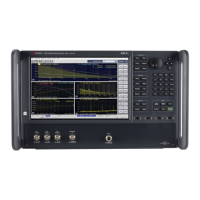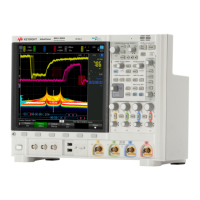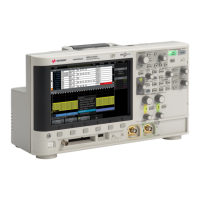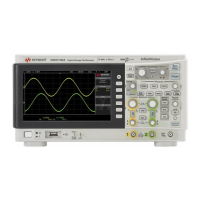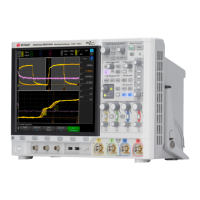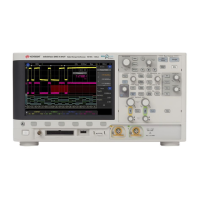274 Keysight EXG and MXG X-Series Signal Generators User’s Guide
Using Custom Digital Modulation for N5172B/82B with Option 431 and 653/655/656/657
Using Customized Burst Shape Curves
Display the Burst Shape
Press Display Burst Shape.
This displays a graphical representation of the waveform’s rise and fall characteristics, as shown in
Figure 9-16.
Figure 9-16 Burst Shape
To return the burst to the default conditions, press the following keys:
Return > Return > Return > Confirm Exit From Table Without Saving > Restore Default Burst
Shape.
Storing a User-Defined Burst Shape Curve
1. Press Define User Burst Shape > More (1 of 2) > Load/Store > Store To File.
If there is already a file name from the Catalog of SHAPE Files occupying the active entry
area, press the following keys:
Editing Keys > Clear Text
2. Enter a file name (for example, NEWBURST) using the alpha keys and the numeric keypad.
The maximum file name length is 23 characters (alphanumeric and special characters).
3. Press Enter.
The contents of the current Rise Shape and Fall Shape table editors are stored to the Catalog
of SHAPE Files. This burst shape can now be used to customize a modulation or as a basis for a
new burst shape design.
Recalling a User-Defined Burst Shape Curve
Once a user-defined burst shape file is stored in memory, it can be recalled for use with real-time
I/Q baseband generated digital modulation.
This example requires a user-defined burst shape file stored in memory. If you have not created and
stored a user-defined burst shape file, complete the steps in the previous sections,
“Creating a User-Defined Burst Shape Curve” on page 272 and
“Storing a User-Defined Burst Shape Curve” on page 274.
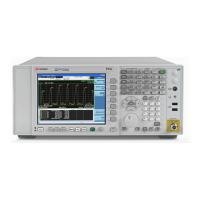
